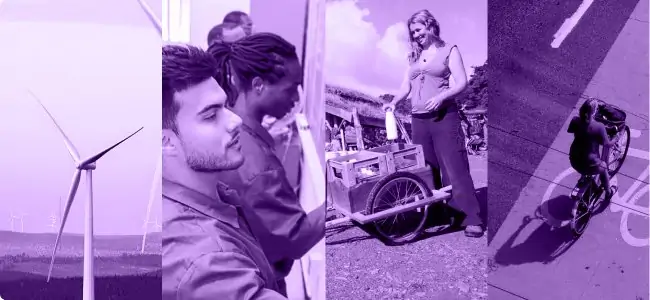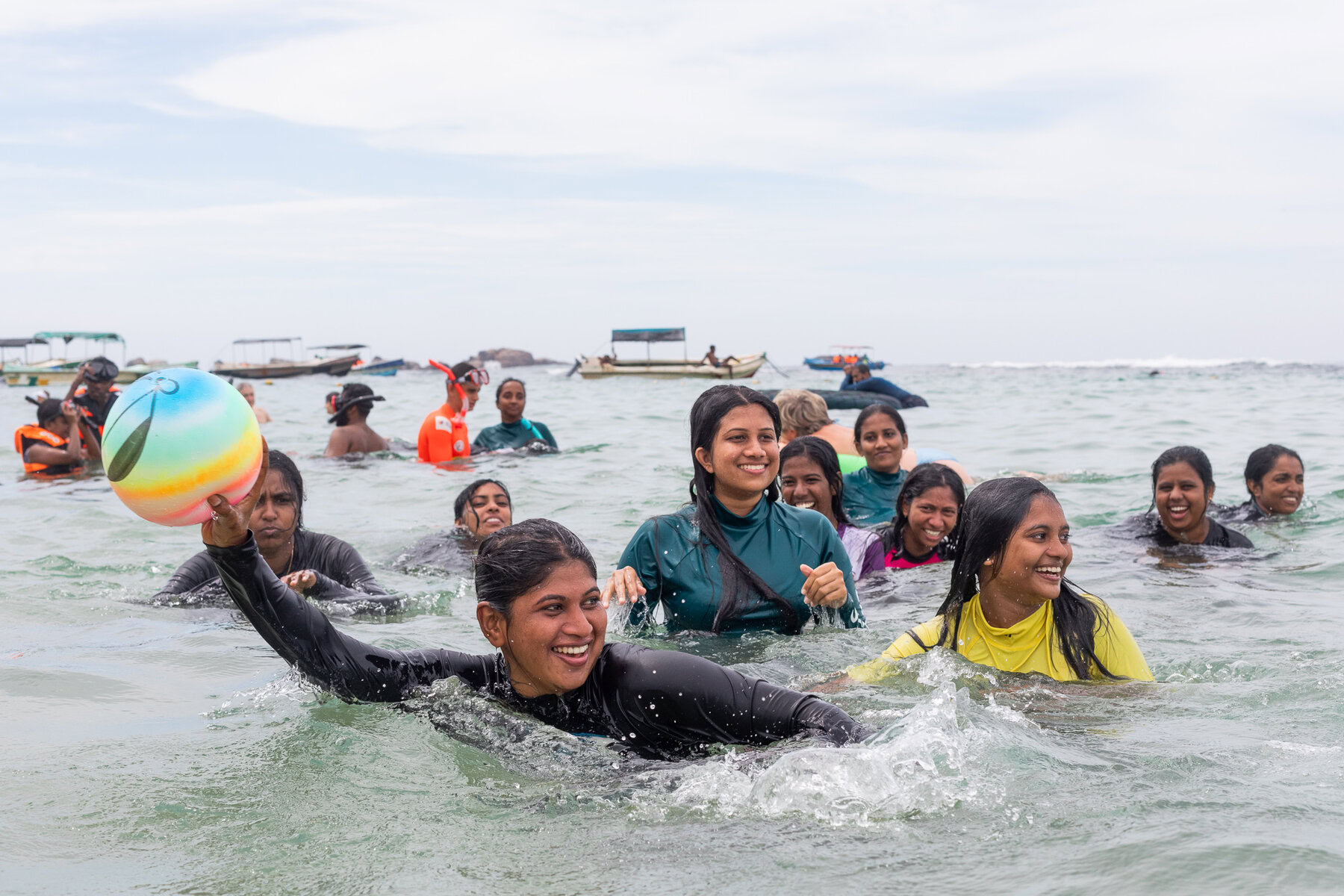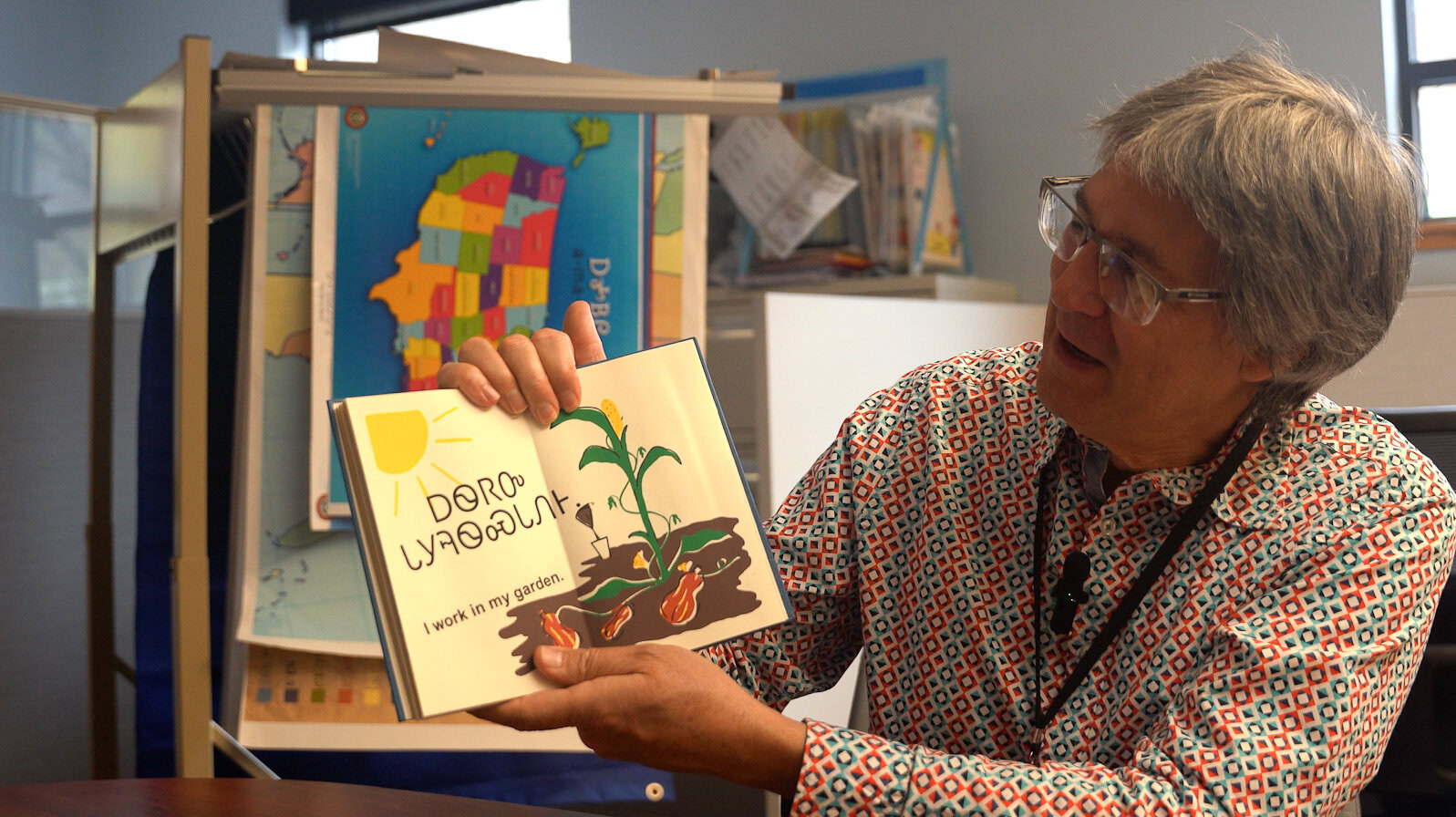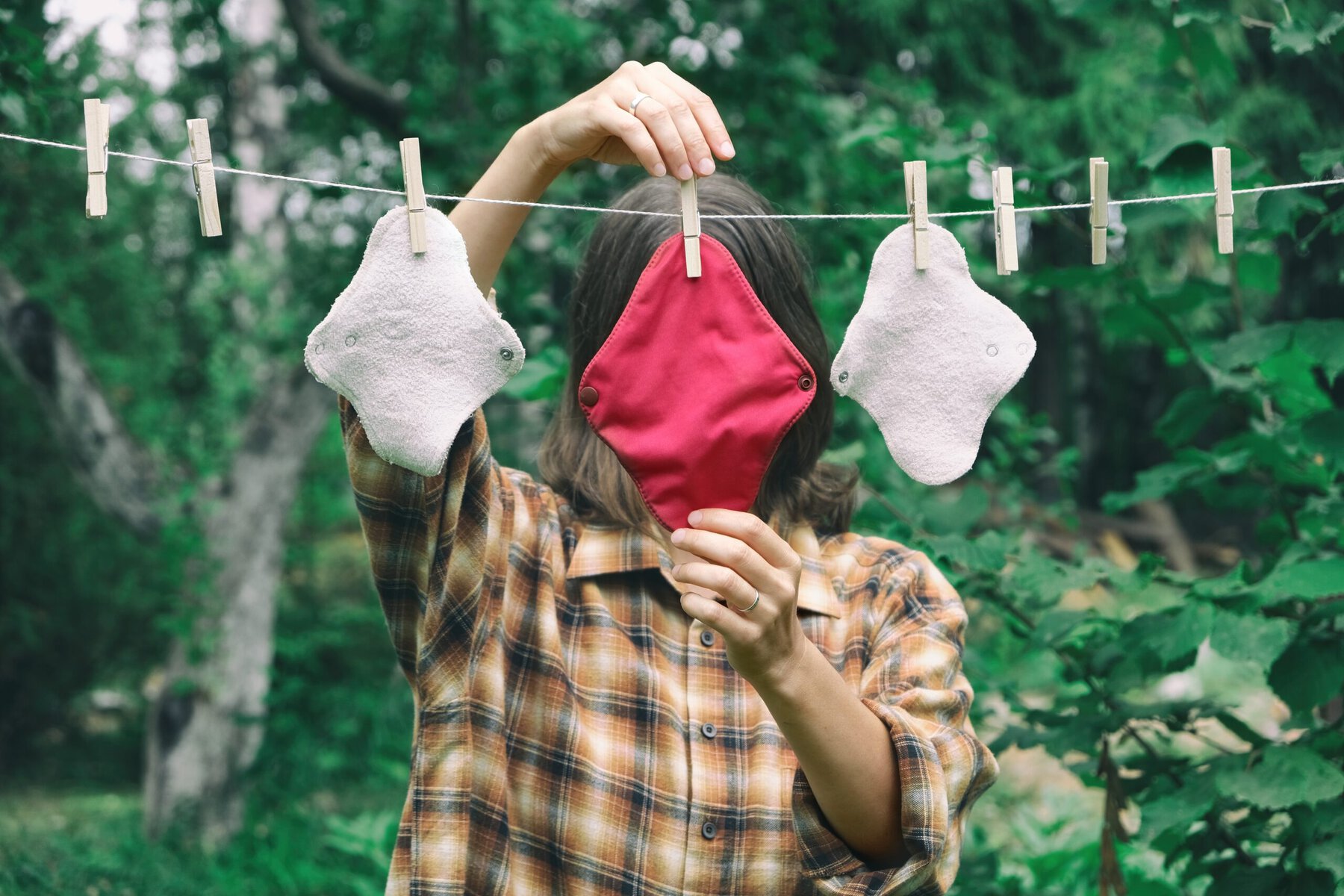Ross Mitchell is a traveling salesman of sorts. He spends up to two months a year on the road, driving a van thousands of miles across Australia, taking in the country’s changing landscapes, from its dry “outback” terrain to its lush tropical north.
The van Mitchell drives is full of brand-new clothing, which he and his team deliver to people in crisis. Mitchell is operations manager at Thread Together, an organization which collects last season, end-of-line stock donated by fashion brands that’s still brand-new, with tags. Thread Together bundles this clothing — which would otherwise go to landfill — into its vans and sets up mobile wardrobe stations throughout communities in need, allowing people to go shopping, for free, and start rebuilding their lives.
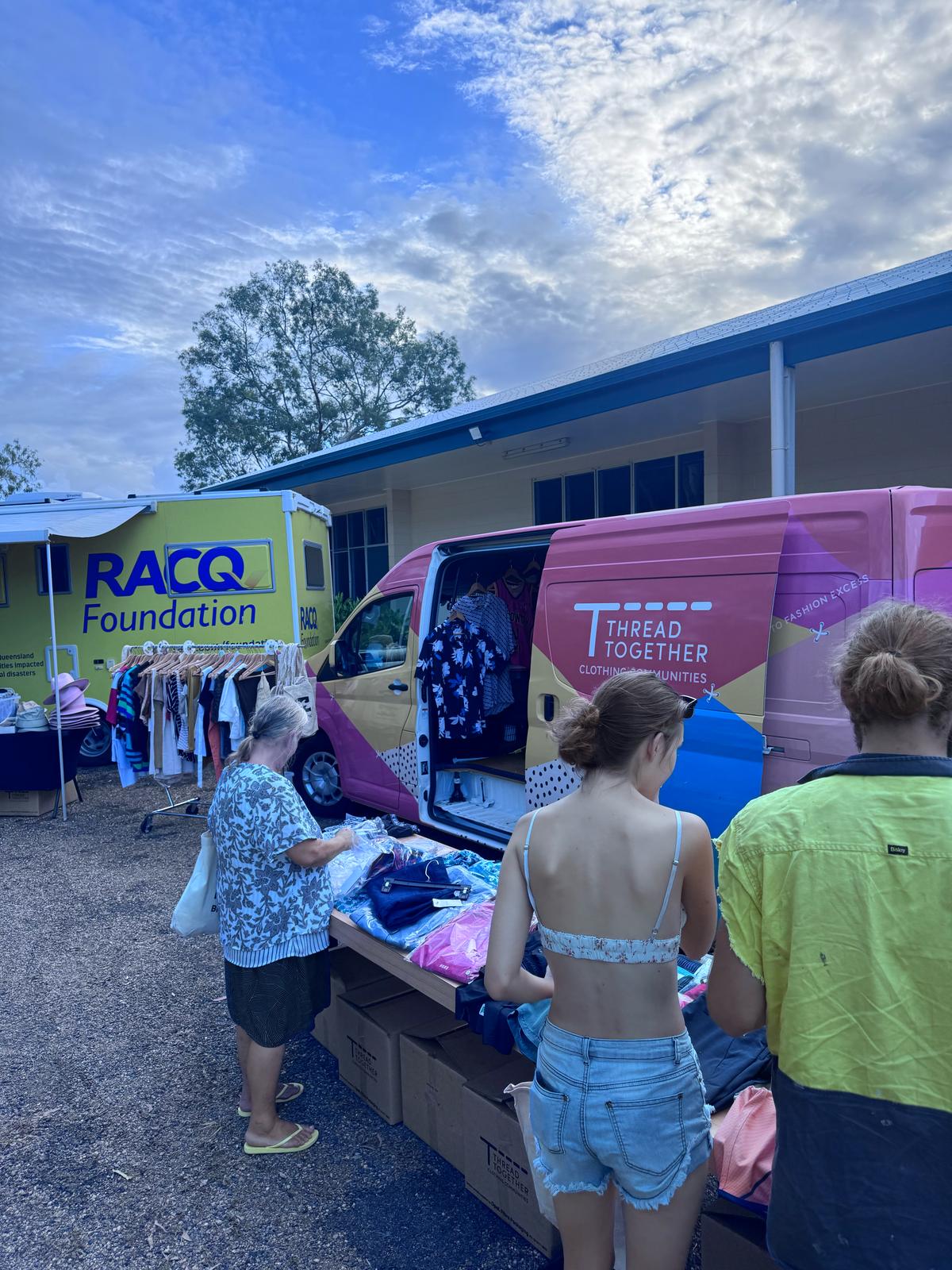
Mitchell’s latest trip took him 1,300 miles from his home base in Sydney to North Queensland, Australia. Record-breaking flooding recently devastated the region, damaging 2,500 homes and prompting 400 people to evacuate, across a 2,500 square mile area. Twenty-five people were helicoptered to safety and two people died after nearly six months worth of rain — over six feet — poured down in just a few days. The Herbert River, in the center of the region, recorded water levels of nearly 50 feet, well above its usual level of around 6.5 feet, inundating the surrounding area.
“It was an absolute reality check,” says Mitchell. “I’ve always viewed the area as paradise, because that’s how I’ve spent my time up there. This time it was different — to see the piles of people’s personal belongings piled up outside their homes was devastating.”
“Imagine your worldly possessions have just been pushed out onto the side of the road, and you’ve got to rebuild and do everything again. It’s the harsh reality that the climate is changing, and that level of rain and flood, sadly, is no longer a one-in-100-year event.”
The reality of rebuilding
After the flooding, electricity — and roads — were cut off across North Queensland for over a week, causing shortages of all kinds. With no access to the region’s major hospital in Townsville, medical staff had to be helicoptered into the small rural town of Ingham, which bore the brunt of the flooding. Local Facebook groups were overloaded with desperate requests for accommodation, food and fuel. Once people took stock of the damage, it became clear that one of the biggest and most immediate needs was clothing. Residents had fled with the bare minimum, and they returned to find muddy, waterlogged wardrobes, their damaged clothing now destined for the dump.
Mitchell and his team headed to Ingham and the surrounding villages, where they set up camp in churches and community halls, ready to distribute 25,000 units of brand-new clothing. They invited locals to come and shop for a new wardrobe, no strings attached. Hundreds turned up, and their attitudes left an impression on Mitchell.
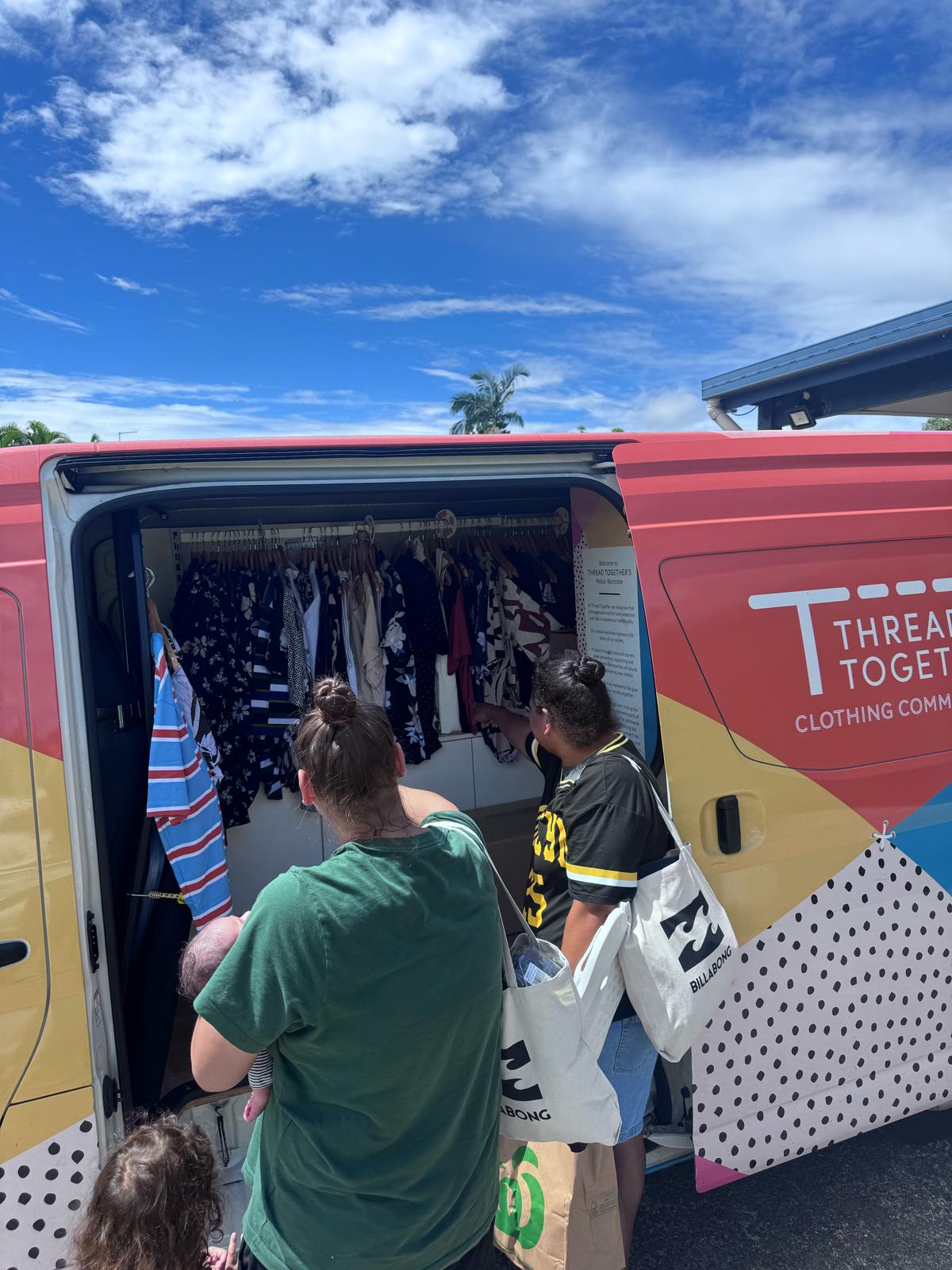
“Folks said that the water came quickly, and many were down to just the clothes that they were wearing. But even then, a very prevalent comment we had was, ‘I’ll only take one, and leave that for the next person,’” he says.
Donations of secondhand clothing from both charities and individuals were in plentiful supply, too, but Mitchell says there’s something about new clothing, and selecting items of your choice, that offers a boost of confidence and morale to those at their lowest.
“You give people that dignity of choice of brand-new clothes without rummaging around in bags and boxes trying to find something suitable. They’re selecting clothes off a rack. They have the ability to look in the mirror and see how it feels. The tags are still on. Absolutely, there’s a level of empowerment with new clothing,” says Mitchell.
“On a previous trip, I had an elderly lady put on a beautiful, three-quarter length puffer jacket. She was flabbergasted that it had a $340 [price tag] (around $214 US), and she said she’d never owned anything of that value before, and felt quite uncomfortable. I proceeded to take the tag off and said, ‘Actually, the value is that it’s on your back now.’”
People’s needs in these moments are simple, Mitchell notes: “They’re wanting to stand on their own two feet, as they’re very resilient, proud people. But some of the folks we met live quite remotely, and they just don’t have access to brand-new clothing.”
Mitchell and his team are also mindful that the clothing on offer should be suitable for the conditions of where they are headed.
Weighed down by negative news?
Our smart, bright, weekly newsletter is the uplift you’ve been looking for.For example, flood season in Queensland is typically hot and humid. With flip-flops being the footwear of choice at that time of year, Mitchell was delighted to be able to offer brand new Havaiana sandals to residents. Being size-inclusive can also be challenging as mainstream retail ranges are not always comprehensive. And despite some high-end brands coming on board as donors, what’s most needed are comfortable, everyday items.
“We are forever seeking certain items because they’re not always available to the level we require to meet the needs of the community. Underwear is always in demand. Formal dresses are not really a high priority,” says Mitchell.
A country-wide effort
Distributing brand-new clothes to people in need across Australia is quite the logistical feat. While Thread Together has 12 vans strategically positioned across the country to offer regular services to specific communities, the clothes have to be delivered from a central warehouse, where items are stored by seasonality. As brands tend to deliver their unsold stock at the end of a season, there’s a lag between what’s in demand and what’s available. Weekly stocktakes are crucial, says Mitchell, to know where the product gaps are.
As part of a pilot for launching more ongoing services in communities in need, a mobile wardrobe van visits the city of Geelong, in the state of Victoria, every two weeks, to work directly with homelessness charities and those that support vulnerable women and children.
“It’s a targeted response into communities that require assistance based on data we’re provided about the people in need there. We can’t be everywhere, but we’re certainly building the support and the connections in those particular areas,” says Mitchell.
Then there’s the issue of reaching disaster-affected areas. Getting into North Queensland for example, with flooded roads, involved the boxes of clothing being flown up to the regional city of Townsville, where they were held at the airport for several days before the roads were deemed safe enough to travel across. The mission had to be postponed when heavy rain set in again.
“It’s sometimes not as easy as one would think,” says Mitchell.
Thread Together in numbers
Thread Together was founded in 2012 by Andie Halas, who, while running the Australian fashion brand Seafolly, saw the potential for doing something better with excess stock than sending it to landfill. She saw the potential to simultaneously address two problems — clothing insecurity in underprivileged areas and waste in the fashion industry — and envisioned an entity that could act as a conduit between the two.
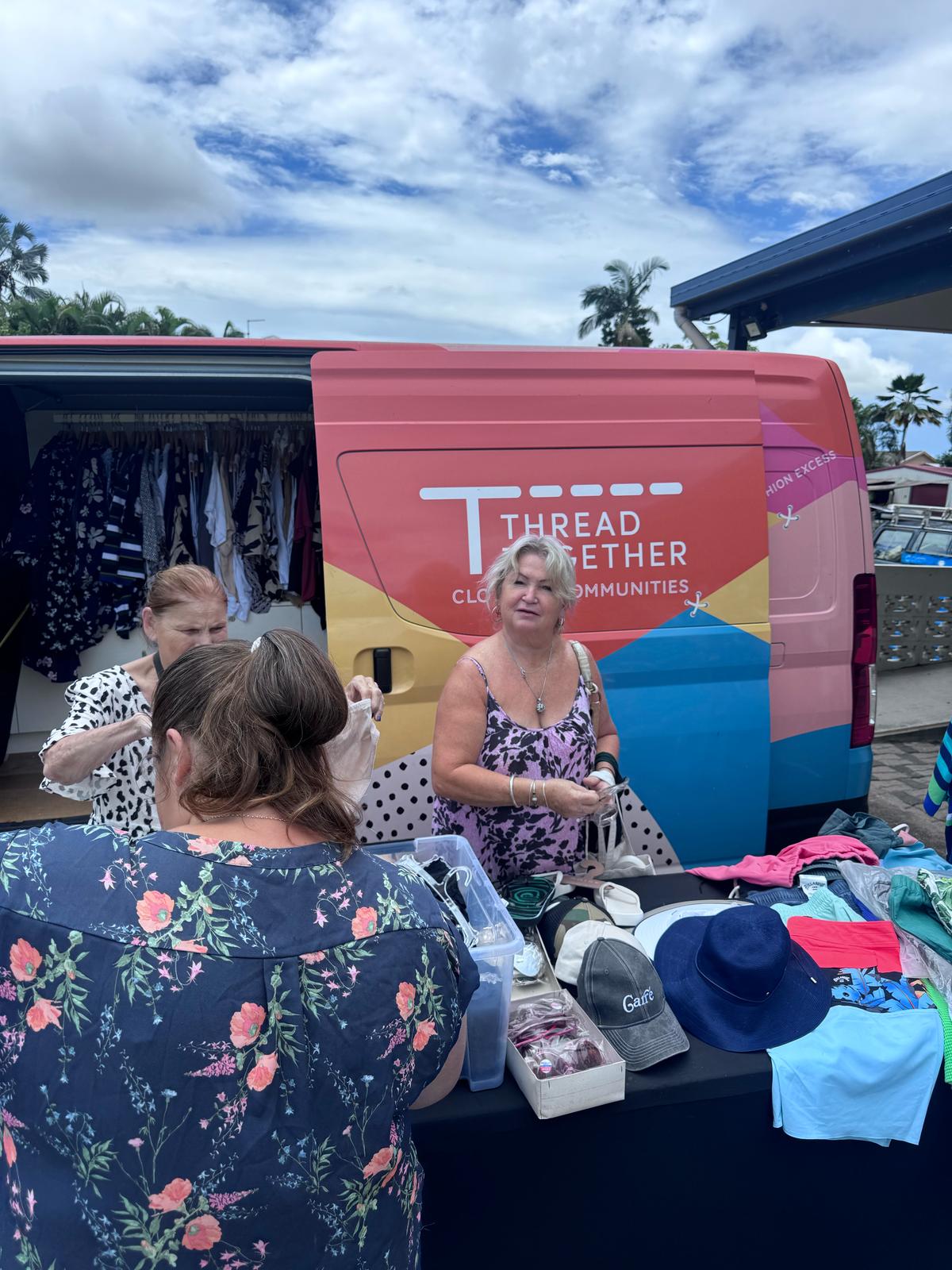
Since then, around 1.7 million items from nearly 2,000 retailers have been saved from landfill and distributed. In 2024, nearly 106,000 individuals received clothing from Thread Together — 1,732 metric tons worth of items. The organization worked with 1,548 charities and welfare agencies — up 20 percent from 2023. These groups can set up Thread Together accounts and submit online orders on behalf of the people they work with. These orders are also up 20 percent, with Thread Together fulfilling nearly 13,000 in 2024. In 2023, Halas was given an Order of Australia Medal, which the Australian government awards each year to outstanding individuals who have performed extraordinary services within a particular field.
Thread Together defines communities in need broadly, offering brand-new clothing not just to disaster victims, but also to the homeless, domestic abuse survivors, impoverished Indigenous communities, refugees and migrants, people with mental health issues, people with disabilities, serious illness survivors and vulnerable elderly people.
The work goes beyond the mobile wardrobe vans, too: Thread Together hosts an online wardrobe that charity and welfare agency workers can help their clients “shop” from. The organization has also set up capsule wardrobes in 100 women’s shelters, with plans to expand to another 100.
Another area of expansion is Thread Together’s clothing hubs — pop-up stores that look like fashion boutiques but have no cash registers. There are currently 12 across the country, with plans to open more. At the hubs, case workers accompany individual shoppers, letting them browse at their leisure, and encouraging them to take up to four outfits.
Rose, a survivor of domestic violence, is one such shopper. In her native Democratic Republic of the Congo, she was beaten and sexually assaulted daily by her husband. Fearing for her life, she fled as an asylum seeker to Australia, taking very little with her. Receiving her order of new clothing from Thread Together marked a “big step of my life in Australia,” she told the organization: “I could go out and meet people and feel like I’m part of the community. I could go to job interviews. I felt so much more comfortable and happy.”
Back in Queensland, Mitchell is preparing for his next destination — the state’s South East region, which was also hit by floods shortly after its northern counterpart, brought on by Cyclone Alfred. The Thread Together team is likely to be on the road for some time, as continued heavy rain across the state of Queensland has now caused flooding to its western regions, making the entire affected area larger than Texas.
Climate change is known to cause heavier rainfall by increasing the amount of moisture in the air, as researchers have acknowledged, although they can’t say for sure whether that’s what’s behind the unprecedented level of flooding in Australia. But Thread Together is certainly seeing the demand for its services, having supported flood ravaged communities for some time. In 2022, its mobile wardrobe was stationed in Lismore, in the state of New South Wales, which borders Queensland to the south, after devastating flooding.
Lismore resident Luca told Thread Together that he’d escaped chest-high floodwater in his house, surviving by climbing onto the roof with his father and dog, where they waited 12 hours to be rescued. They had lost everything.
“Thread Together provided everything from socks and underwear to pants, jumpers and linen. They really improved our quality of life in a time that was just desperate for so many people,” Luca shared in a video.
“They provide that kind of safety net for people and provide them with a sense of self. It can give them their dignity back.”




